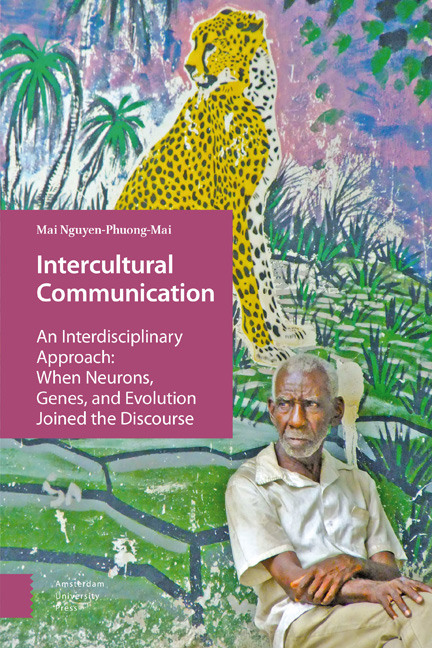 Intercultural Communication
Intercultural Communication Book contents
- Frontmatter
- Dedication
- Contents
- Preface
- 1 The Survival of the Most Cultured
- 2 The Evolving Culture
- 3 Stereotype – A Necessary Evil
- 4 Non-Verbal Communication – How You Make Them Feel
- 5 A Taxonomy of Diversity
- 6 Intercultural Competence – Creating Yourself
- 7 Diversity Management and Inclusion
- To the Readers
- 7 Takeaways from this Book
- Up and Coming Book from the same Author
- Notes
- Index of Names
- Index of Subjects
- Index of Geography, Culture and Religion
5 - A Taxonomy of Diversity
- Frontmatter
- Dedication
- Contents
- Preface
- 1 The Survival of the Most Cultured
- 2 The Evolving Culture
- 3 Stereotype – A Necessary Evil
- 4 Non-Verbal Communication – How You Make Them Feel
- 5 A Taxonomy of Diversity
- 6 Intercultural Competence – Creating Yourself
- 7 Diversity Management and Inclusion
- To the Readers
- 7 Takeaways from this Book
- Up and Coming Book from the same Author
- Notes
- Index of Names
- Index of Subjects
- Index of Geography, Culture and Religion
Summary
In Chapter 2, we were introduced to the metaphorical tree of culture, which has three layers: fundamental concerns (the trunk and the roots), values (the branches, i.e. the degree of importance we place on each concern), and outward expressions (the leaves, i.e. objects, symbols and behaviors). We have used religion and art as examples to show how these cultural notions act as universal building blocks for survival from the evolutionary point of view. Groups that failed to acquire them would risk losing out to those who had.
In the field of intercultural studies, Kluckhohn and Strodtbeck asked a similar question: “What are the universal concerns that all societies have to deal with?” They came up with five issues: (1) the relationship between an individual and others; (2) the aspect of time that is our primary focus; (3) the relationship between humans and nature; (4) the prime motivation for behavior; and (5) the moral nature of human beings.
Kluckhohn and Strodtbeck's framework has inspired many theorists to work on different taxonomies to understand the complexity of culture. In this chapter, we will take a look at some of the most cited concerns: Group attachment, hierarchy acceptance, gender association, uncertainty avoidance and time orientation. However, they will be seen through the lens of the dynamic paradigm with insight from interdisciplinary studies. We will explore how these concerns play a crucial role in our strategies for survival, and the ways in which different cultures, individuals and contexts call for different values; or, better put, the differing degree of importance that is placed on a specific concern.
Group attachment
Humans are social animals and the group is vital for our existence. This explains why interpersonal relationships have been a fundamental discipline in human studies. Two of the most popular concepts in communication studies are individualism and collectivism. They appeared in the frameworks of many intercultural theorists and classic studies: Kluckhohn and Strodtbeck, Triandis, Schwartz, Hofstede, Trompenaars and Hampden-Turner and GLOBE.
The Terms: Group Attachment, Individualism and Collectivism
In the 19th century, the French revolution washed away the last vestiges of feudal social structures, which had served as intermediaries between individuals and the central government.
- Type
- Chapter
- Information
- Intercultural CommunicationAn Interdisciplinary Approach: When Neurons, Genes, and Evolution Joined the Discourse, pp. 167 - 214Publisher: Amsterdam University PressPrint publication year: 2017


